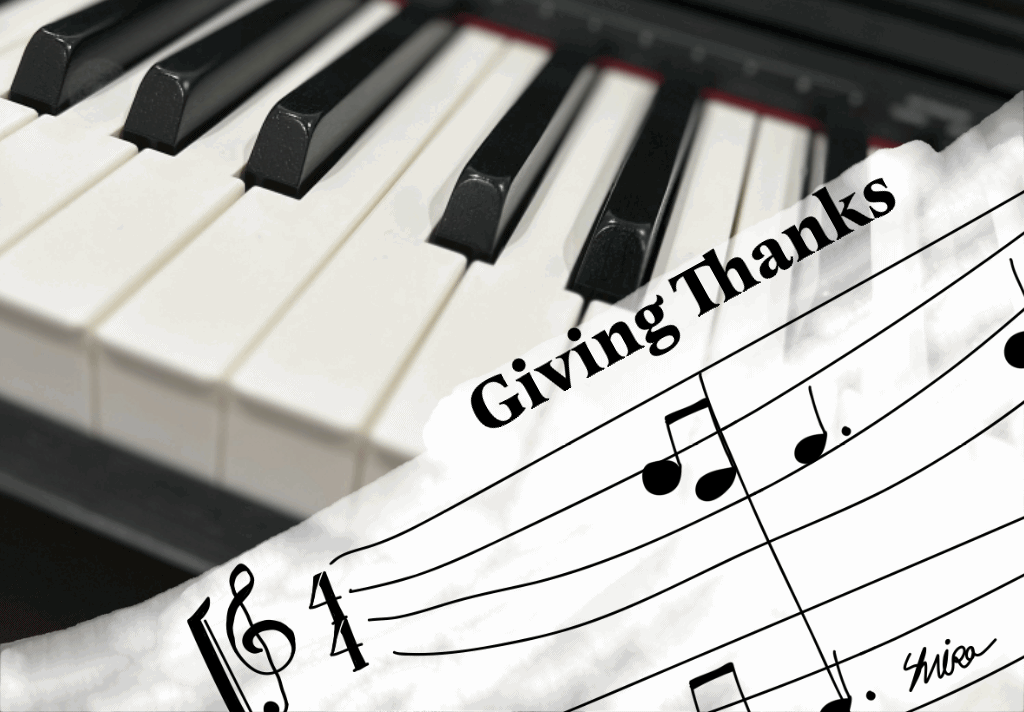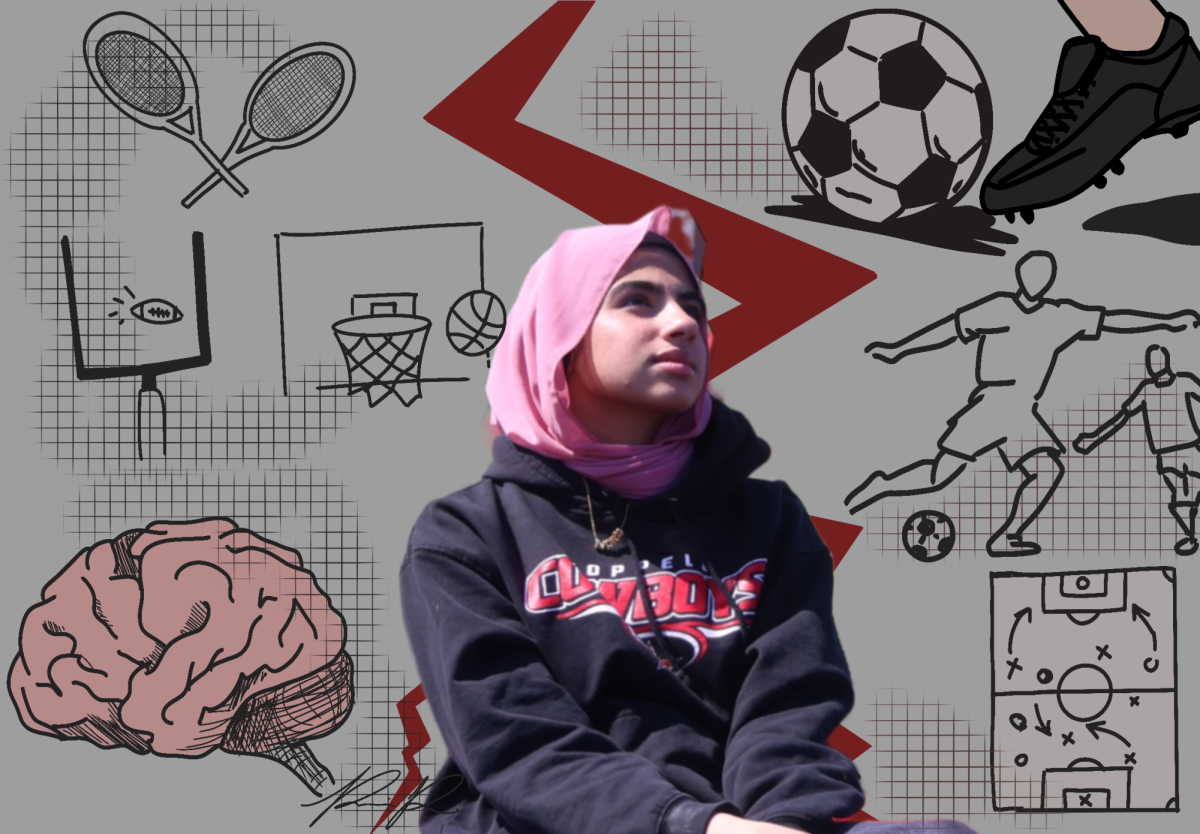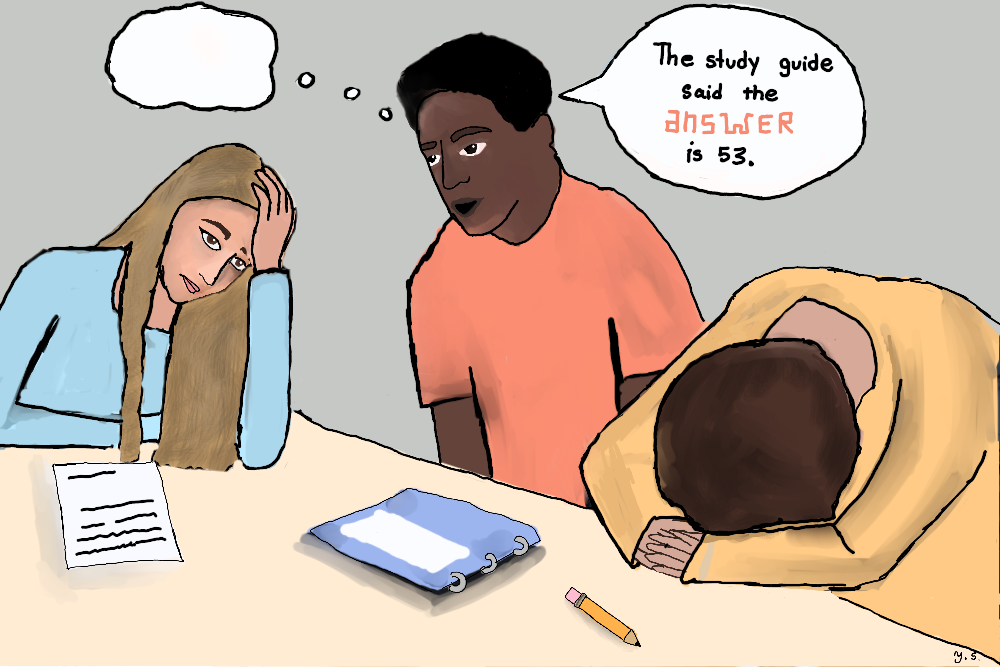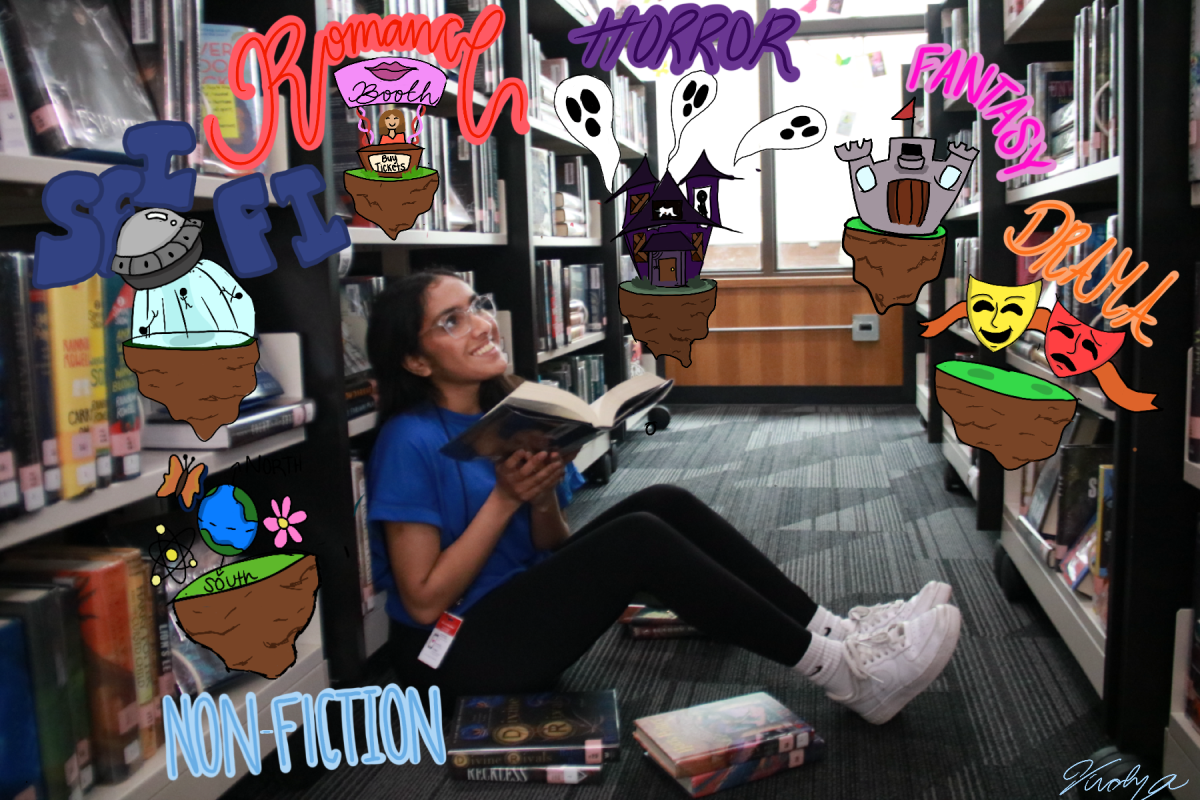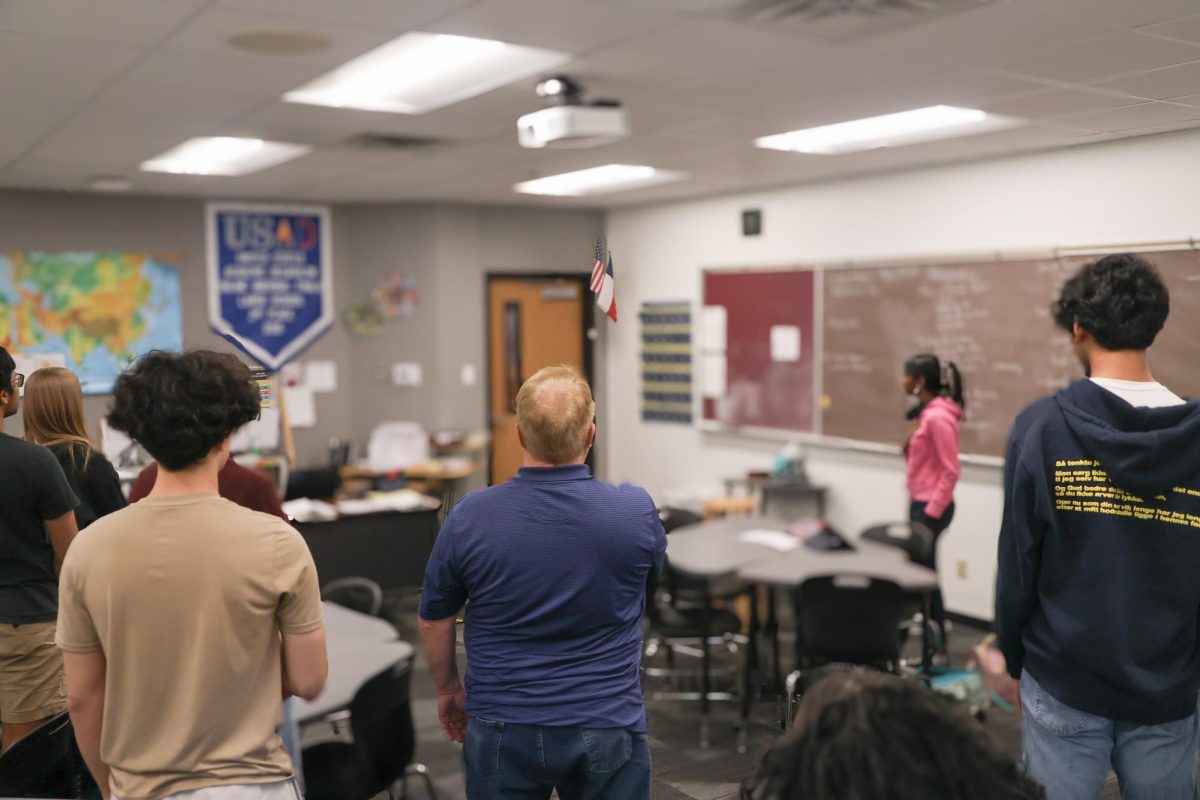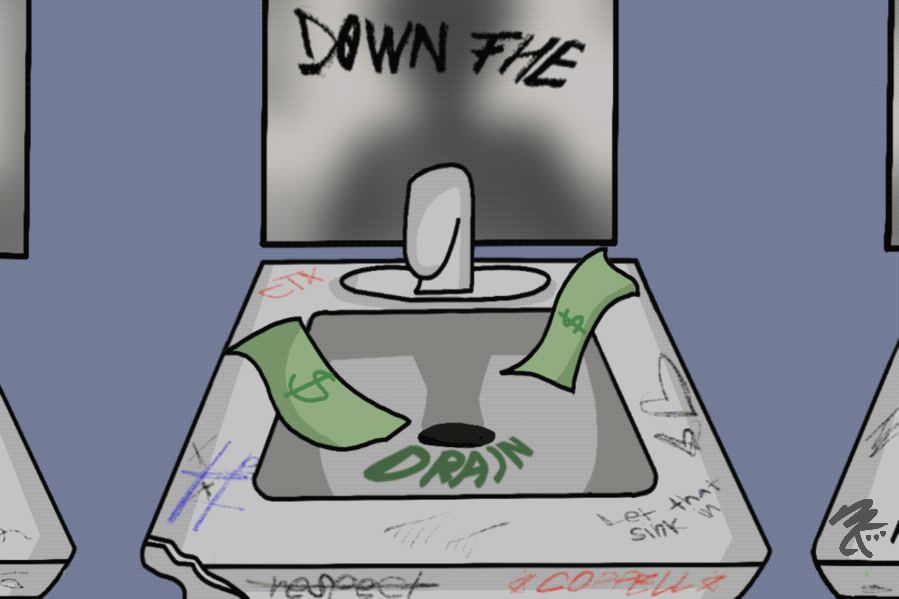I never expected my piano to be an extension of my emotions.
When I got my piano in sixth grade, I could only play single chords, playing two notes on the piano at the same time.
All I expected from my piano was for it to just be what it was — a piano. Just an instrument, played in the same way I played the viola from second to fourth grade: without much emotion behind the strings (or in the piano’s case, the keys).
A few days after I got the piano, I started virtual piano lessons from a music teacher, and he taught me how to play single chords. While learning a Telugu song, “Adiga Adiga” by Sid Sriram, he taught me how to play normal chords, playing three or four notes on the piano simultaneously. However, my attempts failed.
In seventh grade, I watched a recording of my piano teacher playing “Adiga Adiga” on his piano, watching what finger he placed on each key.
After learning to play “Adiga Adiga”, I taught myself to play other songs. I developed my style, inspired by my piano teacher.
I paid more attention to lyrics and related them to my life. I turned these songs into chords on my piano and emotions.
In eighth grade, I could create my own songs with the help of a chord progression. I wrote a song inspired by Coppell Middle School West with a chord progression in the key of B flat.
If I had not played the notes in that specific order, my song would not exist.
If I had not taught myself how to play the song I struggled to learn, I would still be playing single chords.
If I had never decided to learn how to play the piano, I would not be able to express my emotions through anything else.
Follow @CHSCampusNews on X.



